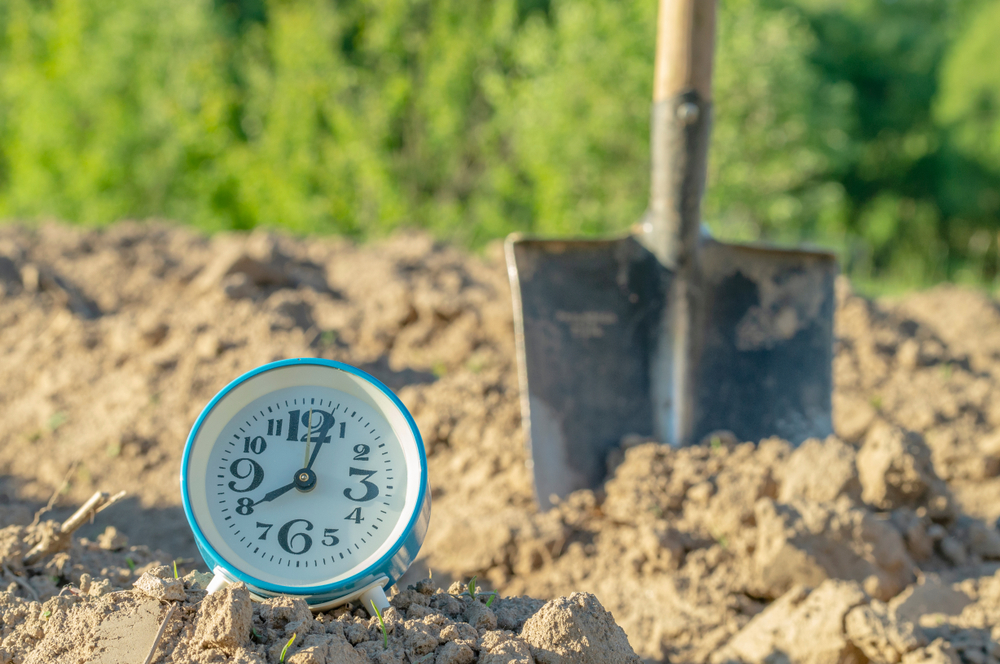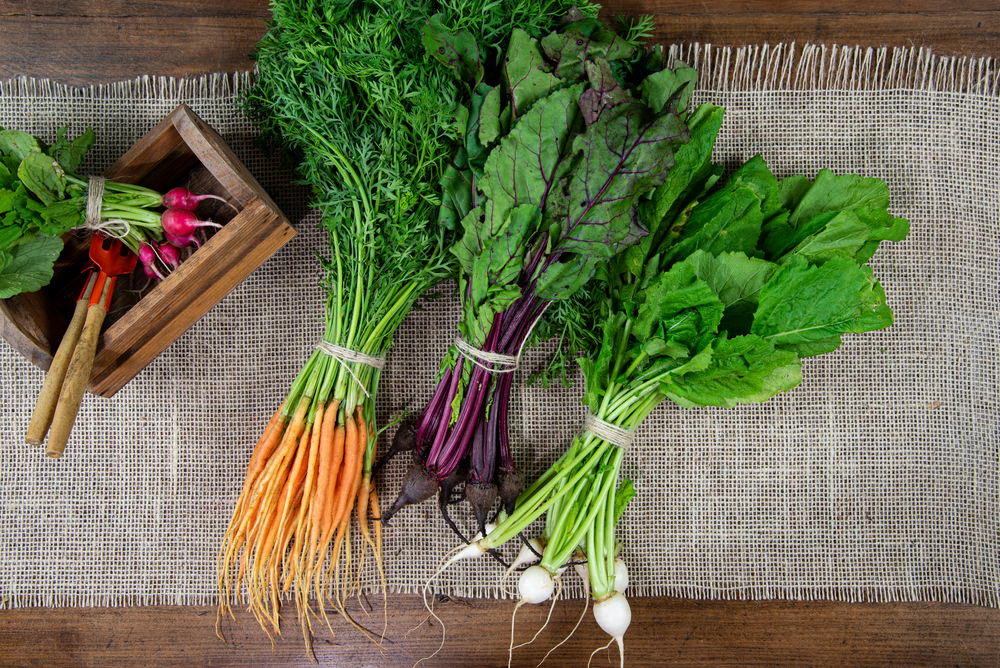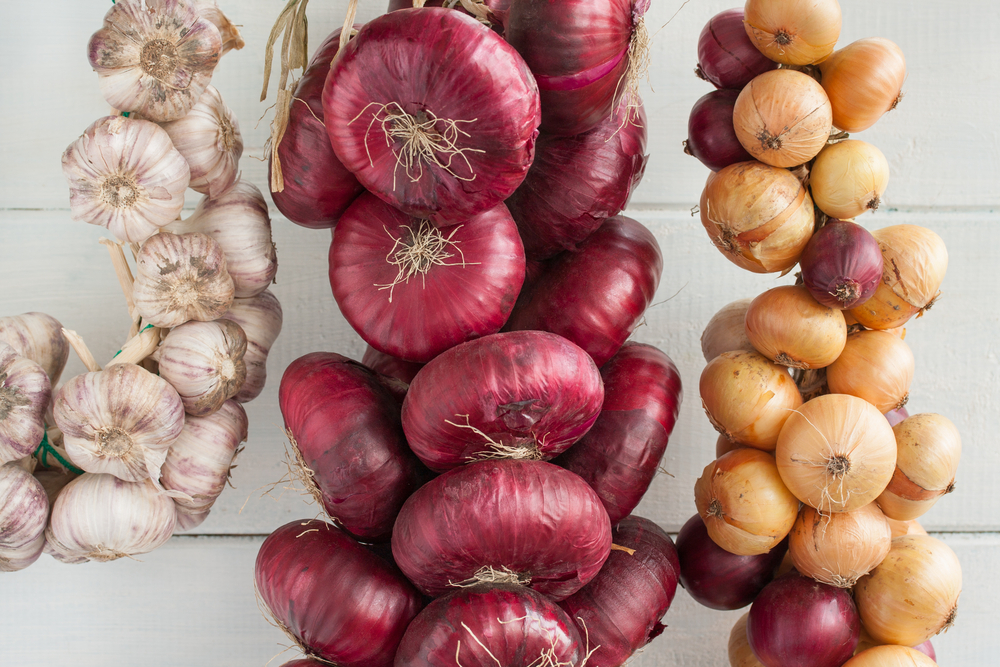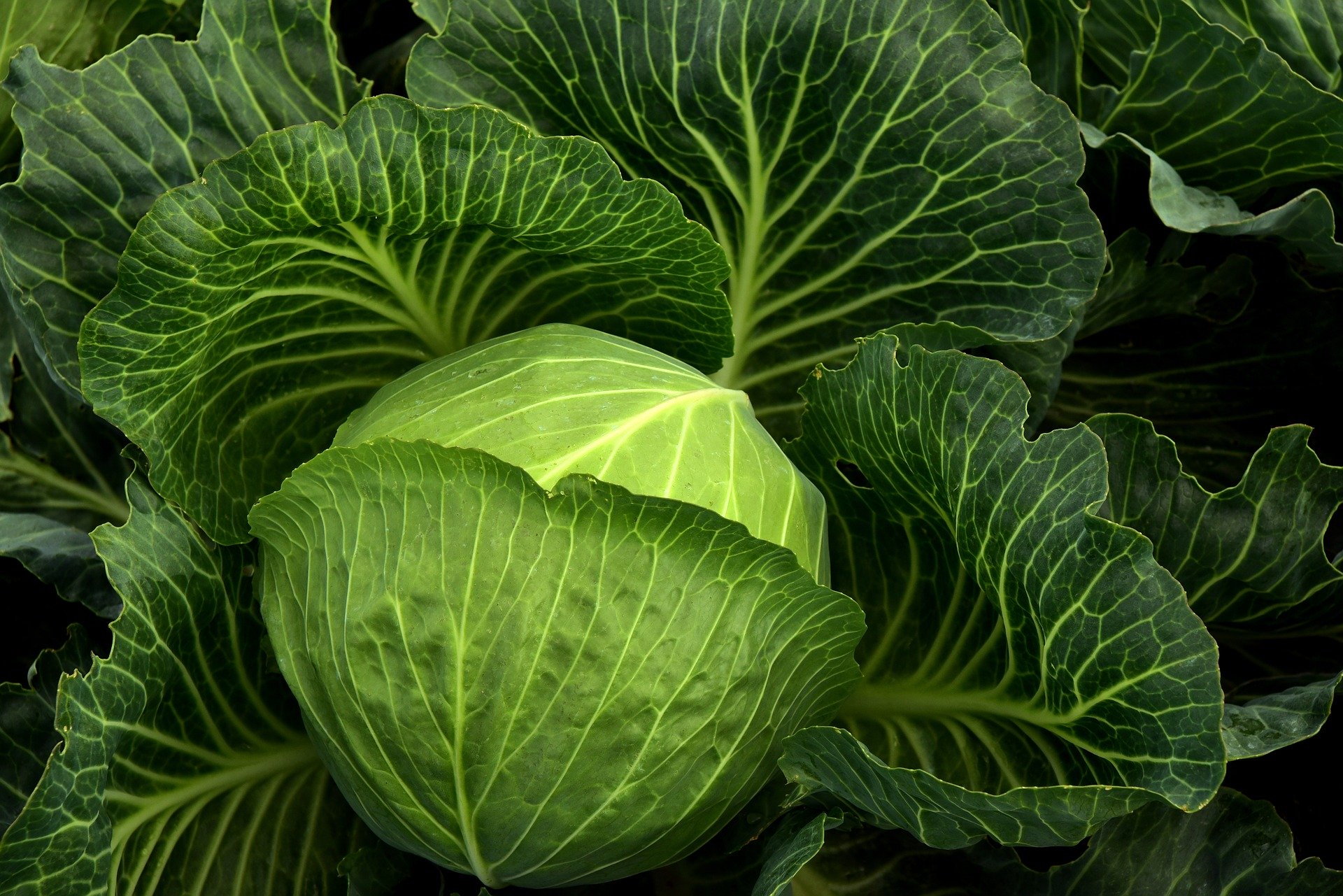How To Have A Self-Sufficient Small Backyard Garden
There’s nothing better than not having to worry about food supply for the family in case SHTF. Why not get started on having your own small backyard garden? Check out these tips to help you get started!
Building Your Own Small Backyard Garden
If your dream is living off the grid with your own fully operational farm, but your reality is a house in the suburbs, don’t worry – you can still have a self-sufficient small backyard garden that yields harvests for your family all year round. With careful planning and research, you can make as little as a ¼ acre into an incredible source of calories and nutrients.
There are several keys to success here, and it’s important to recognize that gardens take constant care and time to grow and expand. Even if you have several fertile acres at your disposal, it can take years to plan and plant everything you need to be self-sufficient. Be patient and strategic about planning for future growth.
3 Tips for Success
1. Know Your Climate
The climate where you live may not be suitable to grow all of the fruits and vegetables that you would like to. This is where doing your research can save you a lot of heartache, money, and time. Be certain that your climate can support the variety of seeds you purchase.
2. Broaden Your Horizons
We have been limited by what is available to us in grocery stores. There are thousands of other types of produce! Again, doing your research can open you up to variations of well-known fruits and vegetables that appeal to you.
3. Timing Is Everything

If you’ve ever hauled in a summer tomato harvest, you know that some vegetables ripen all at the same time. But others can have multiple harvests each year, or you can plant on a schedule that allows continuous harvesting. A self-sufficient garden requires more planning than one just for fun, as you’ll need yields at all times of the year.
Types of Crops to Plant
When planning your garden, there are several types of crops to plan for:
1. Staple Crops
View this post on Instagram
Staple crops make up the bulk of your calories, like potatoes, sweet potatoes, and winter squashes. They are also amenable to being stored long-term.
2. Root Vegetables

Succession planting of root vegetables can ensure a continuous supply throughout the year of turnips, beets, carrots, and radishes. They are also ready extremely quickly, so you can enjoy the fruits of your labor almost immediately.
3. Leafy Greens
View this post on Instagram
Nutritional powerhouses leafy greens should not be excluded, even though they don’t pack many calories. They can also be planned for continuous harvesting.
4. Onions & Garlic

Add both flavor and nutrients to your life with onions and garlic, which are also great for maximizing the space in your garden.
5. Fall Vegetables

For true self-sufficiency, you can’t rely on only spring and summer harvests; you need vegetables that grow in the fall, too. Parsnips, leeks, and cabbage are all good examples.
6. Field Crops
View this post on Instagram
You’ll need some space for these, but corn, wheat, beans, and sunflowers are all staples in most diets.
7. Foods You Love

Self-sufficiency is great, but if you don’t enjoy the food, you may tire of the effort. Be sure to leave room for your favorite foods and special treats.
Must-Do’s for Success
Even if you plant thousands of seeds and water them daily, you will not have long-term success if you don’t follow these must-do’s for success:
- Choosing plants for your climate and soil
- Using quality seeds from trusted sellers
- Maintaining fertile soil
- Controlling moisture with water and drainage
- Practicing continuous garden maintenance
Creating, building, and maintaining a successful and self-sufficient garden is no small feat, but the rewards are tremendous. Be prepared for a lot of learning and hard work in your future.
Do you already have your own backyard garden? If you do, how did you start setting it up? We’d love to hear from you in the comments section!
Up Next:
- Sponsored: Experts call this “The Holy Grail Of Self Sufficiency” – The Backyard Miracle Farm Will Change Our World Forever
- 6 Small Garden Ideas And Tips | Small-Space Gardening
- The Best Plants For Summer Gardens You Can Start With
- Best Plants For Your Survival Garden



